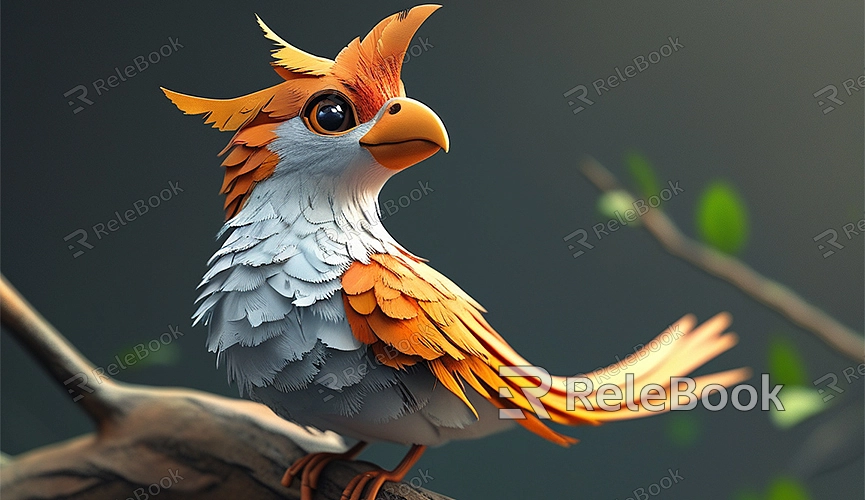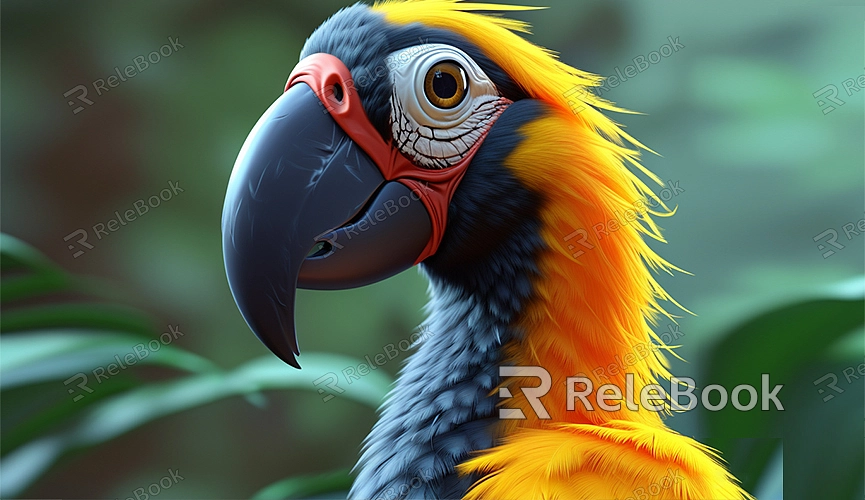How to Render a 2D Animation in Blender
Blender, a powerful 3D modeling and animation software, also has robust capabilities for handling 2D animations. Whether you're aiming for a traditional hand-drawn style or dynamic motion graphics, Blender can help you achieve your goals. This guide will walk you through the steps to efficiently render a 2D animation in Blender, from setup to final render, enabling you to create stunning 2D animation effects.
Preparation
Before you start rendering, ensure your Blender version is up to date to take advantage of the latest features and optimizations. The preparation phase involves the following steps:
1. Creating the Animation: In Blender, you can use the "Grease Pencil" tool to draw 2D animations. This tool allows you to create 2D drawings in a 3D space and animate them. Work within the "Grease Pencil" workspace to draw and animate your 2D graphics.

2. Setting Up the Workspace: Select Blender’s "2D Animation" workspace, which provides an optimized interface and tools for 2D drawing and animation, making the process more efficient.
Render Settings
Configuring the render settings in Blender is crucial to ensure the output animation meets your expectations.
Configuring the Render Engine
Blender supports various render engines, including Eevee and Cycles. For 2D animations, Eevee is an excellent choice due to its real-time rendering and quick preview capabilities.
- Open Blender and go to the “Render Properties” panel.
- Select “Eevee” in the “Render Engine” dropdown menu.
- Adjust Eevee settings to suit your animation needs. For example, you can tweak options like “Ambient Occlusion” and “Screen Space Reflections” under the “Render” settings to enhance visual effects.
Setting the Output Format
Choosing the right output format and resolution is essential for ensuring animation quality. MP4 is a good choice due to its compatibility and moderate file size.

- Navigate to the “Output Properties” panel.
- Choose “FFmpeg Video” under the “File Format” dropdown menu.
- In the “Encoding” section, select “Container” format as “MP4.”
- Configure the video codec (such as H.264) to balance animation quality and file size.
Configuring the Render Range
Set the appropriate render range to ensure Blender only renders the necessary portion of the animation.
- In the “Output Properties” panel, configure the “Frame Range” options. Specify the start and end frames to determine the animation segment to be rendered.
Rendering the Animation
Once all settings are configured, you can proceed to render the animation. This process might take some time, depending on the animation's complexity and your computer's performance.
- Go to the “Render” menu and select “Render Animation.”
- Blender will render each frame of the animation according to your settings.
- After rendering, the output animation file can be found in the designated output folder.
Post-Processing
After rendering, you may need to perform some post-processing to further optimize the animation. Blender’s “Video Sequencer” feature can help you edit and refine the rendered animation.
- Open Blender and switch to the “Video Editing” workspace.
- Use the “Video Sequencer” panel to import your animation file.
- You can add transition effects, adjust colors and contrast, or merge different animation clips.
Rendering a 2D animation in Blender involves multiple steps, from setup to actual rendering and post-processing. By properly configuring the render engine, output format, and render range, you can efficiently produce high-quality 2D animation effects. If you need high-quality 3D textures, HDRIs, or model downloads for creating models and virtual scenes, you can find them on Relebook. Download and directly import these textures and models into Blender to enhance your work, saving valuable time and effort.

